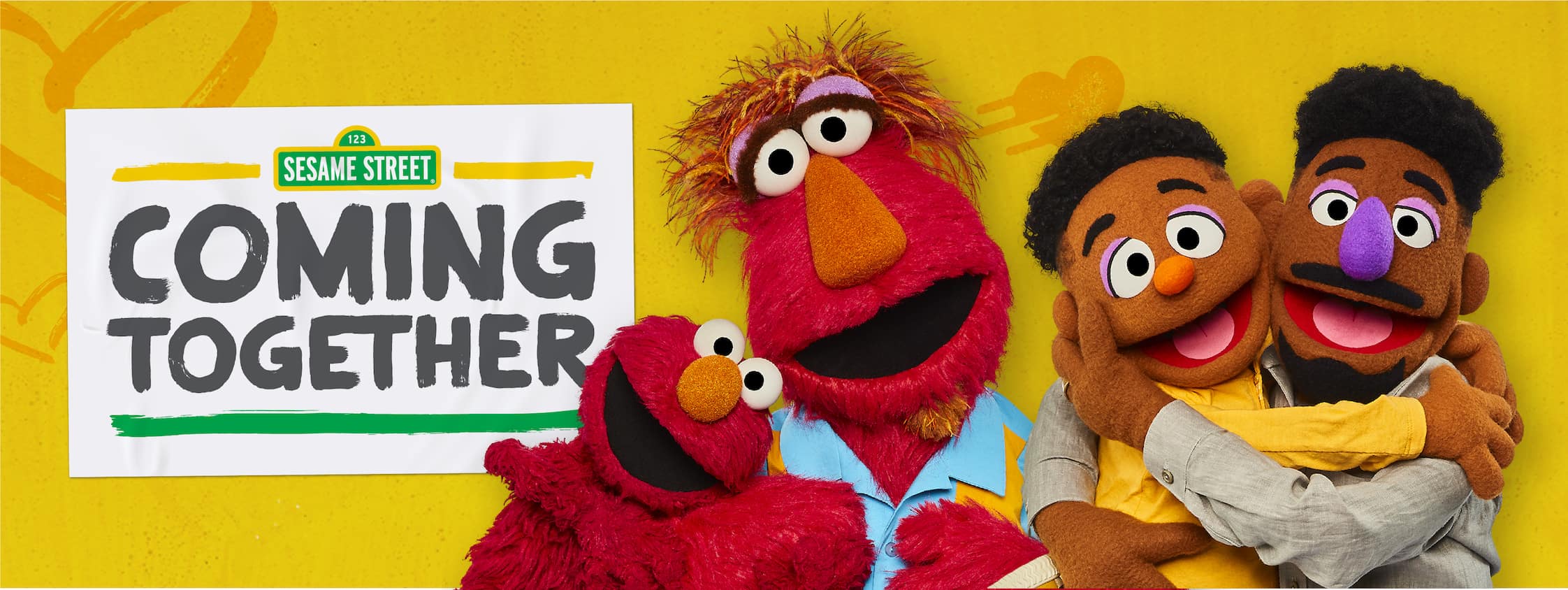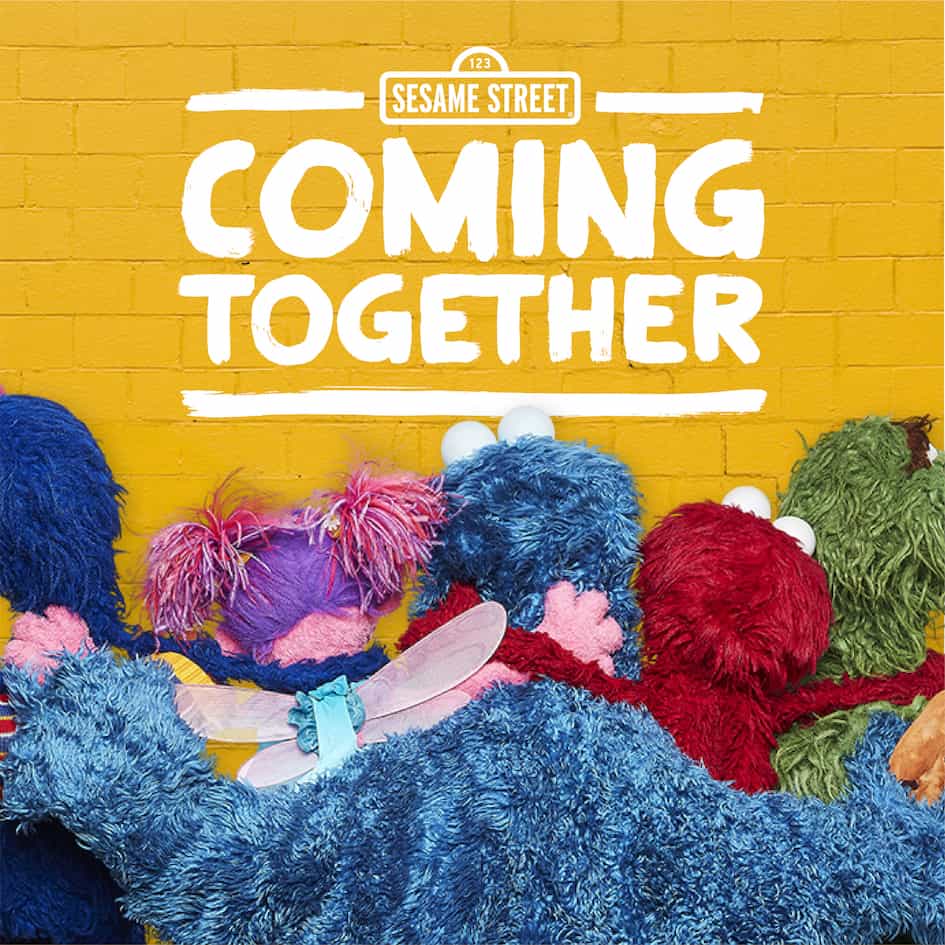Each families’ race, ethnicity and culture are important parts of their identity. Children, including very young children, understand and want to have a sense of belonging to their families’ racial, ethnic and cultural group or groups. Yet, one part of our family’s identity can be challenging to talk with our children about – Race.
A common misconception is that children are “colour blind”. Research shows that children, even babies, do notice physical differences, from skin colour, to eye shape and hair texture.
So, their observations will lead to them asking questions guided by their natural curiosity. To have open conversations about this part of our identity is known as “race-conscious parenting.”
Talking with our children about race helps them grow to feel positive about themselves and about others, especially those who don’t look like them. So, how can we help children feel pride and confidence in their own skin and develop a positive racial attitude about other children?
We can start by having simple, honest, conversations during our everyday routines.
Talk About Skin Colour
During a simple routine such as washing up in the morning, pause to look in the mirror to celebrate the beauty of the similarities and differences in your skin colours.
Share Family Stories
Make sharing stories, artifacts, and traditions about your family’s culture and heritage a routine, much in the same way you read and share stories at bedtime.

Follow Your Child’s Questions and Observations
Children’s questions about others may make us feel uncomfortable, as if the questions are impolite.
Children are naturally curious about our diverse world and asking questions is a good way to learn about oneself and others.
Talk About Physical Differences and the Reasons Behind Them
If your child mentions a physical difference in someone, e.g. “They have brown skin,” don’t shut them down by saying, “We are all the same.”
Instead, acknowledge their observations and take time to explain the reasons why and celebrate these differences. You could say something simple like, “We all have different and beautiful skin colours” and “We are all unique and special, isn’t that amazing?!”
When they are ready, we can further share: “We all have something in our bodies called melanin. It’s the amount of melanin in our body that makes us have this skin colour. Some people may have more melanin. Their skin will be darker than ours. Other people have less melanin. Their skin will be lighter.
Recently, Sesame Street introduced two new Muppets, five-year-old Wes and his father Elijah. Elmo was curious and wanted to know why Wes’s skin is brown, so Elijah explains the concept of melanin and that the colour of our skin is an important part of who we are.
Acknowledge Unfair Behaviour
When children observe unfair treatment of others based on race, ethnicity, or culture, acknowledge their feelings, “That is unfair.” When they ask “Why?” provide a deeper explanation, “When people treat others unfairly because of their skin colour, eye shape, hair texture, or language they speak, that’s called racism. And that’s wrong and hurtful. We are all a part of one race, the human race.”
Encourage and Celebrate
Children naturally have optimism for a better society. Encourage and celebrate this. Everyone should be proud of who they are, inside and out. The way other people treat us doesn’t change who we are.
Everyday Family Moments
Explore ways of incorporating empathy and identity into your family’s everyday moments. For example, to build empathy, ask questions to help children consider others’ experiences.

Questions such as “How would I feel if…?” and “How do you think that person feels?” are great starting points to help your child
consider a situation from somebody else’s point of view. To encourage a positive self-identity in your young child, finish sentences together like “I am good at…” and “I feel confident when…”
Resources to Support Your Parenting
Sometimes parents don’t have all the answers, and that’s okay.
If, for example, your child asks some questions about a topic like the Holocaust or the history of First Nations Australians,
and you don’t have all the facts, you might say, “Let’s go to the library and see what books they have that we can read together.”
You can explore that subject or question together and remember that not everything has to be answered in the moment. Also, reading books or watching videos with characters from different backgrounds is a wonderful way to introduce little ones to people from differing backgrounds and cultures. These books can also provide an easy way to spark conversations.
You can also teach Breathe, Feel and Share when something stressful related to race happens (for instance, when a child is excluded or teased):
Breathe: Take three deep belly breaths.
Feel: Notice how you are feeling and think of words you might use to respond (for instance, “I don’t like that,” “That’s wrong,” or “That hurts my feelings.”).
Share: Tell a grown-up what happened.
So, whether you and the children in your care are directly affected by racism or you’re allies of those who are, engaging honestly and directly with little ones is the beginning of building racial literacy, the skills needed to talk thoughtfully about race and to identify and respond to racism.





